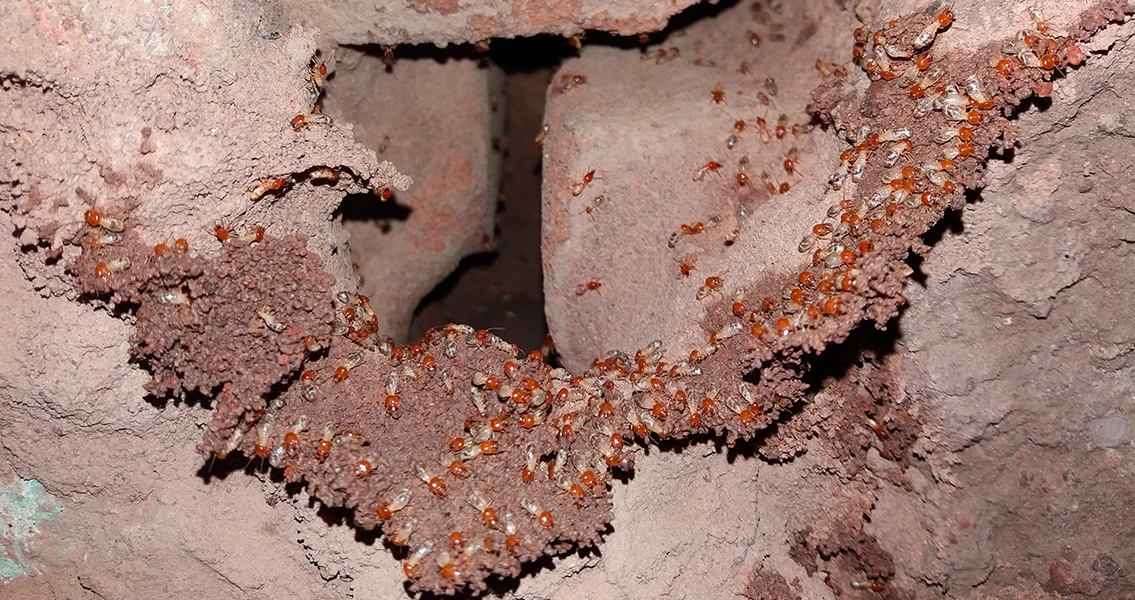<![CDATA[Agriculture is central to our survival, with the development of new techniques and machinery over thousands of years allowing crop yields to increase and support a growing population. Humans are generally considered to have started farming around 10,000 years ago, in the region that is now Turkey and the Middle East. A recently published study in the journal PLOS ONE however, highlights that the ten millennia of human agriculture are minuscule in comparison to the history of the practice among insects. A team of scientists, led by James Cook University's Associate Professor Eric Roberts, has discovered 25 million year old examples of fungus gardens within fossilised termite nests. The findings were made in ancient soil sediments in the Great Rift Valley of Africa. The study is remarkable because it provides the first fossil evidence to confirm both the timing and location of the origin of insect agriculture. Molecular dating had led scientists to hypothesize that insect agriculture originated in fungi farming insects. It's often suggested that the development could have happened independently in three clades of fungus farming insects: termites, ants or ambrosia beetles, during the Paleogene. The new study provides insight into one of these clades, termites. Fungus farming is a means for insects to turn plant material into an easier to digest food source, the farming colonies cultivating fungi in subterranean nests or underground chambers. Roberts' explained in a press release that DNA analysis of modern termites had led his team to theorise that fungus farming had originated between 25 and 30 million years ago. The trace fossil evidence from Tanzania has now confirmed this theory. Now able to map the evolution and development of the practice, the team believe it likely had a significant effect on the environment and landscape. "Since some 90 percent of the wood in the dry environment studied is digested by termites, understanding the development of this symbiotic relationship is important to our knowledge of the history of carbon cycling in these forests," explained Paul Filmer, program director in the National Science Foundation (NSF)'s Directorate for Geosciences, which funded the research. Associate Professor Duur Aanen from Wageningen University, a co-author of the study, drew parallels between the farming carried out by the termites, and the development of human farming millions of years later. The agricultural approach adopted by the termites would have opened up new environments for inhabitation to both the insects and their domesticated fungi, in the same way human agriculture facilitated mankind's spread across the globe. Although termite agriculture probably originated in African rainforest, its development likely played a key role in allowing their spread onto the Savannah, and even to other continents. "The phenomenon might have been triggered by the initial development of the Great Rift Valley in this part of eastern Africa, and the dramatic transformation of the landscape around this time." explained professor Roberts. The study is a fascinating example of the knowledge that can be harvested through multidisciplinary approaches, revealing insights into the connection between evolutionary and environmental changes. ""This type of study emphasizes the need for integrating perspectives from the fossil record with modern approaches in comparative biology--it is a holistic approach to evolutionary biology and significantly informs our understanding of environmental change in deep time." said Patrick O'Connor, professor of anatomy at Ohio University. For more information: www.plos.org Image courtesy of Wikimedia Commons user: PHP Ninja ]]>
Insects Not Humans The World's First Farmers
